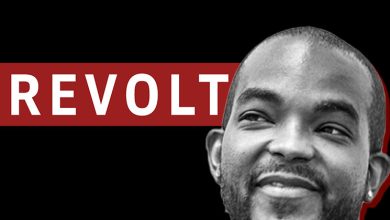How to Identify and Leverage Government Assistance Programs

Navigating financial instability can be daunting, especially when finances are stretched thin. In these moments, government assistance programs can be invaluable lifelines, helping individuals and families manage financial pressures while they work toward stability. For many, understanding what help is available and how to apply is the first hurdle. By proactively seeking resources and using services like the Tax Law Advocates Compliance program, those facing financial challenges can find crucial support to ease their burden and start moving toward financial health.
Understanding the Landscape of Government Assistance Programs
The state provides different kinds of aid depending on the type of financial problems a person can have. These can include unemployment benefits, housing subsidies, food stamps, medical support, and tax credits, each addressing various aspects of the problem. Understanding these programs, however, involves knowing when and how you can apply and under what conditions you can receive such help. Both federal and state governments provide these resources; however, given the different purposes of each, there are often differences in their requirement and availability.
For instance, unemployment compensation is a program that provides short-term relief for those who become jobless through no vice of their own. Medicaid and CHIP, or Children’s Health Insurance Program, offer medical assistance to needy families and individuals, and housing programs like Section 8 and HUD may provide affordable homes. For many, the first issue is establishing which programs they meet the requirements for and how to apply. Studying these options is important because ignorance of such services may lead to a situation when a person has no support when it is needed.
Identifying the Right Program for Your Financial Situation
People’s financial requirements vary greatly, and choosing an appropriate program to use government funds effectively is critical. For example, people with some tax issues might need the IRS’s help regarding tax relief options. The IRS Hardship Program is one program that may assist people in avoiding full repayment for a short period and getting their financial situation under control. On the other hand, clients who have recently lost their jobs may get more suitable help from unemployment compensation or job training services.
However, when it comes to food insecurity, families benefit from programs such as SNAP or WIC for Women, Infants, and Children. These programs are meant to reduce grocery expenses so that people can afford the necessities and use the rest of the money for rent or electricity bills. In case of housing insecurity, HUD assistance can offer subsidized rental housing, and when the finances are secured, the gap is closed.
Leveraging Assistance Programs for Long-Term Financial Stability
Government assistance programs are intended as short-term solutions, but they can form the framework for constructing permanent fiscal viability. These resources can be deployed to prevent short-term problems from destroying long-term economic plans. Government aid helps to stabilize one’s financial situation and, therefore, not think about the necessities of life and its requirments all the time.
For instance, if you are eligible for Medicaid or CHIP, you can keep your health insurance, thereby avoiding the accumulation of medical bills you cannot afford and are likely to end up paying through your roof. Likewise, housing assistance programs offer safe homes, allowing for the search for employment or an improvement of income without risking the loss of homes. SNAP and WIC help pay for food, which means that other sources of income can be used to pay for other necessary items, such as transport or education, which are financially beneficial in the long run.
The Role of Tax Relief Programs in Overcoming Financial Hardship
In the same way, tax relief service is another specific type of government assistance aimed at helping people who have too many problems with tax debts. These programs benefit people who cannot afford to pay their taxes fully because of low income, unemployment, or any other hardship. There are options like the IRS Hardship Program, which temporarily ceases collection to give more time to plan out finances and decide on a payment method.
It is not easy to explain how to deal with tax debt relief, but many organizations and advocates are qualified to assist. Companies such as Tax Law Advocates Compliance provide services to help clients navigate those programs and avail themselves of the most relief. Through interaction with professional people, taxpayers can seek advice on altering their payments or even suspending them in some circumstances. This is a significant move that can help avoid further pressure.
Conclusion
Welfare programs operate to help during difficult circumstances, so they are described as lifelines for those struggling financially. When individuals understand what programs are available and which ones are more appropriate for their situations, they can obtain the help they need and begin to work toward a more financially secure life. From providing housing assistance to tax relief, each program has its role of closing the gap between crisis and stability.




